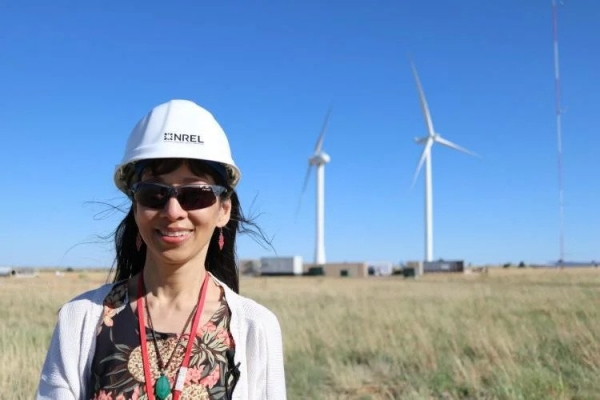Today’s offshore wind turbines can tower more than 490 feet above ground, their spinning blades churning out up to 8 megawatts (MW) each—about enough to power 4000 homes in the U.S.
But with their increasing size comes challenges. Off the east coast, where offshore turbines are located in the U.S., increasingly powerful Atlantic hurricanes pose risks to the structures themselves and to the future of wind energy. To make those turbines more hurricane-resilient, a team of CU Boulder researchers are taking a cue from nature and turning the turbine around. “We are very much bio-inspired by palm trees, which can survive these hurricane conditions,” said Lucy Pao, Palmer Endowed Chair in the Department of Electrical, Computer and Energy Engineering.
Traditional upwind turbines face the incoming wind, and to avoid being blown into the tower, their blades must be sufficiently stiff. It requires a lot of material to build these relatively thick and massive blades, which drives up their cost. Turbine blades on downwind rotors, however, face away from the wind, so there’s less risk of them hitting the tower when the winds pick up. This means they can be lighter and more flexible, which requires less material and therefore less money to make. These downwind blades can also then bend instead of break in the face of strong winds—much like palm trees.
Continue reading at University of Colorado Boulder
Image via University of Colorado Boulder


